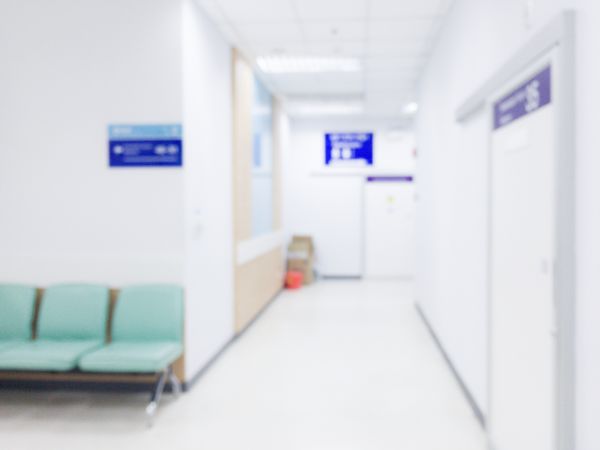
The Hunter has a role to play in fixing the housing crisis. One of the ways the NSW government wants us to take more growth is by developing land around underused railway stations. These are called Transit Oriented Developments, or TODs.
TODs are great idea, and the NSW government should be commended for trying to use them to drive housing growth. Done well, TODs reduce traffic congestion, promote efficient land use, and create jobs close to where people live. A handful of successful TODs in the Hunter could also halt our urban sprawl.
The problem with TODs, in a Hunter context, is that most of our railway stations are useless. Maitland trains rarely connect with Sydney trains, buses speak to neither, and you could see Halley's comet go over twice before a train arrives at Adamstown, Kotara, Cockle Creek, Teralba or Booragul on a weekend.
Therein lies a significant problem. These are five of the nine railway stations that are meant to carry extraordinary housing growth over the next five years. Together, these stations justify a combined housing target of almost 20,000 new homes in the Newcastle and Lake Macquarie local government areas. That's more than 40,000 people.
Of course, this is all hypothetical. TODs will deliver new homes only if the market decides there's something desirable about them. Their desirability, to a developer, is that people will pay a premium to live near a railway station. This falls apart if the stations have hardly any trains.
Most of the Hunter's TODs are only serviced by the all-stops Gosford service. During the AM peak, this equates to seven trains into Newcastle and four away from it. At Sydney's Lindfield station, which is also in the TOD program, there are more than 30 citybound services over the same four-hour period.
TODs need high-frequency trains to encourage public transport use over car dependency. Typically, this means a regularity good enough that you don't need a timetable. This is the 'turn up and go' idea. According to groups like the National Association of City Transportation Officials (NACTO) the sweet spot is about every 10 to 15 minutes, or roughly as regular as our light rail.
What this means on the ground at Booragul or Teralba, for instance, is we'd need an extra nine trains into Newcastle during the morning peak, at a minimum, to make their TODs viable.
These additional trains will need to slot in between the existing passenger trains and freight trains, the capacity for which is already constrained. According to the Future Transport Strategy 2056 by Transport for NSW, freight demand is projected to double by 2056.
Therefore, to unlock the rail capacity needed for Hunter TODs, the NSW Government would need to deliver the Lower Hunter freight rail bypass. This gets freight out of the city and frees up the line for service headways comparable to quieter stations on the Sydney network.
Servicing TOD stations every 15 minutes, while maintaining express trains, will also require a long-term solution for the Adamstown gates. The pairing of successful TODs and level crossings is at best intolerable and at worst lethal.
However, none of this will happen overnight, and without these investments most of our TODs will go nowhere fast.
So what other options are there? A more immediate solution could be to commit to extending the light rail. By investing in 2.4km of track out to the Nine Ways, the government could unlock thousands of new dwellings along a renewal corridor (Tudor Street) that is already rezoned for high density but stuck on a starting block.
The point of a TOD is that people get rid of their cars. With a few extra clicks of tram track, tens of thousands of extra residents could be within a short and regular tram ride of the beach, Marketown, a show at the Civic, or a university lecture. This has TOD potential.
A later extension into Hunter Park would also be far more digestible; the significant cost of crossing the railway at Broadmeadow absorbed by later, more substantial renewal efforts.
This is all to say one thing. TODs can work in the Hunter, but they need to have the basic ingredients for success. These ingredients cost money, and the NSW government needs to bring its wallet.
Drawing circles around underused stations on a heavily constrained passenger and freight line, without any commitment to delivering a freight rail bypass, is lazy. It risks making a mockery of TODs as good urban policy, reinforcing a destructive view that regional areas only want more greenfield housing and we're all happy to drive an hour to work each day.
"We tried TODs in the Hunter, and nobody wanted them. Let's go find more paddocks out the back of Branxton".
That's not the outcome anyone wants, and its avoidable if the state takes the TOD idea and its challenges more seriously.
Extend the light rail.







